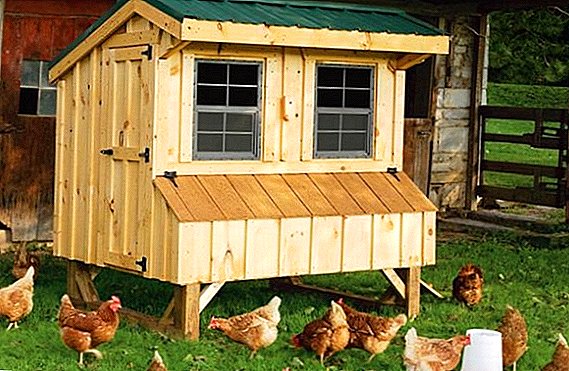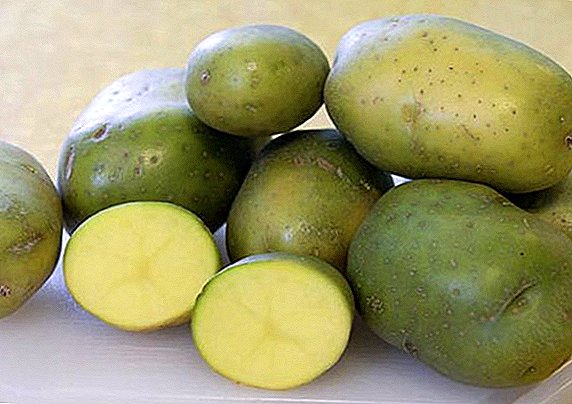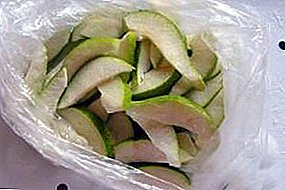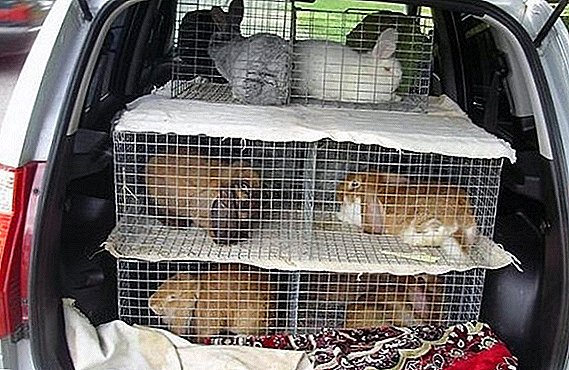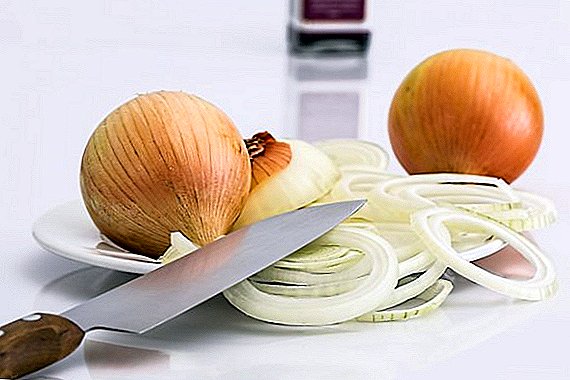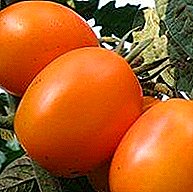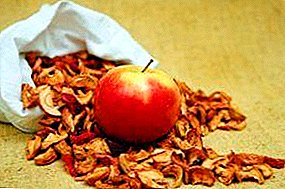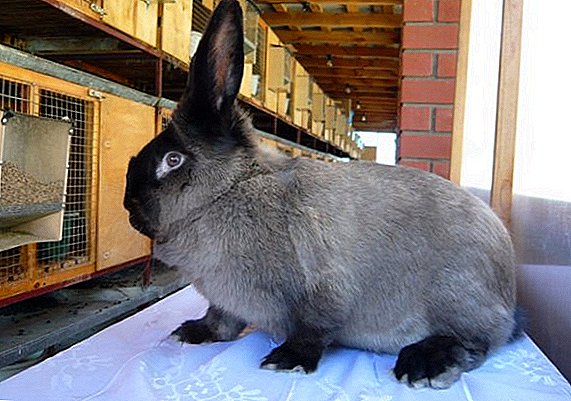 Breeding rabbits is becoming increasingly popular. This is primarily due to the fact that these animals are highly productive; they give dietary meat, as well as high-quality fur. Some breeds are endowed with particularly positive and unusual characteristics that bring them to the peak of popularity. One of these is the "marder".
Breeding rabbits is becoming increasingly popular. This is primarily due to the fact that these animals are highly productive; they give dietary meat, as well as high-quality fur. Some breeds are endowed with particularly positive and unusual characteristics that bring them to the peak of popularity. One of these is the "marder".
Description, photo, characteristic
Rabbits of the Marder breed differ from their cousins by their physique and unusual appearance. Interesting color gives the animals an incredibly attractive appearance. After all, as if on the artist's palette, on the body of an animal, a beautiful transition to a darker color on the face and legs is formed. The primary color is brown, which may be slightly darker or lighter. 
Did you know? In some countries, such as Australia, rabbits are considered pests, as they cause damage of more than half a million dollars annually. In Queensland, it is completely forbidden to start rabbits, even as pets. Violators are punished with a fine for a round sum, its maximum size is $ 30,000.
Big
The "big marder" is distinguished by an athletic physique, rabbits are very strong and hardy. On the back of the animal visible characteristic tubercle or arch. The muzzle is small; These rabbits are very active, move a lot. Animals are quite weighty, adult representatives can gain up to 5 kg, but most often their weight varies from 3.5 to 4.5 kg.  This incredibly decorative pet is very similar to marten. His fur coat deserves a separate praise, because animals are distinguished by an incredibly thick and velvety fur of attractive color.
This incredibly decorative pet is very similar to marten. His fur coat deserves a separate praise, because animals are distinguished by an incredibly thick and velvety fur of attractive color.
Learn about the nuances of breeding rabbits Rex, California, Butterfly, White Giant, Belgian Giant, Gray Giant, Baran, Black-Brown, Risen, Soviet Chinchilla.
Soviet
Externally, the "Soviet marder" is not very different from the "big one", the only significant difference is that these rabbits are more miniature. The weight of an adult animal reaches a maximum of 4 kg. In height, they reach a maximum of 50 cm, and the girth of their chest is 30-35 cm. For 1 square. cm body of an animal grows up to 25,000 hairs - this density of the fur coat is an indisputable advantage of the breed, which appeared due to participation in the selection of chinchilla. 
Important! Beginning breeders, for obvious reasons, can not notice the difference between the species by eye, so it is recommended to acquire animals in specialized nurseries.
Breed history
Back in 1925, in Germany, a breeder by the name of Thomson crossed the "Angora", "Havana", "Chinchilla", "Vienna Blue" and "Belgian Hare", resulting in a breed "Marder", which is very similar to the marten. The creator called the breed marten rabbit or "marder." Due to the presence of the chinchilla genotype, rabbits acquired an unusual, mink color, and during breeding, higher body mass indices were achieved and a “big marder” appeared.  German rabbits are the primary source of the breed, in the process of improving which other species appeared in different countries. So, for example, in Armenia, as a result of 10 years of work, in 1940 the "Soviet marder" was bred, which was obtained by crossing chinchilla, ermine and mongrel rabbits.
German rabbits are the primary source of the breed, in the process of improving which other species appeared in different countries. So, for example, in Armenia, as a result of 10 years of work, in 1940 the "Soviet marder" was bred, which was obtained by crossing chinchilla, ermine and mongrel rabbits.
How to choose a rabbit
The most important difference of this breed is a unique color, so it is unlikely that it will be possible to confuse these rabbits with other breeds. Experts recommend acquiring animals at the age of 2-3 months, because by this time the rabbits have time to get stronger, and their immune system is considered formed.
Important! The weight of the two-month-old "marder" bunny should be at least 1.5 kg.
 Healthy individuals move a lot, reduced activity can signal the presence of any diseases. When buying, you need to examine the eyes of the animal: if there is pus there, then the rabbit is sick. Fluffy ears should also be clean; One of the common ills of rabbits is an ear tick, and it is not worth buying an infected animal.
Healthy individuals move a lot, reduced activity can signal the presence of any diseases. When buying, you need to examine the eyes of the animal: if there is pus there, then the rabbit is sick. Fluffy ears should also be clean; One of the common ills of rabbits is an ear tick, and it is not worth buying an infected animal.Maintenance and care
Rabbits of the breed "Marder" are very fond of heat, so it is recommended to keep them in a dry and warm room. In no case should you allow drafts and dampness, in such conditions, the animals immediately begin to hurt. A prerequisite for maintenance is cleanliness. The well-known fact that rabbits do not like hustle and bustle - it is important to provide for them a comfortable atmosphere with this in mind.
What to feed rabbits
Food for furry animals should be nutritious and diverse. Considering the fact that they have a very sensitive stomach and intestines, the products they consume must be of high quality and fresh. A large role is played by the variety of treats that feed the animals. Root crops, greens, grain and hay should be present in their diet.
We advise you to find out whether it is possible to add burdocks and nettles to the diet of rabbits; What grass can not feed these animals.
 Drinkers in animals should always be filled with clean water, it should be changed daily. Good nutrition is the key to successful breed cultivation, so you need to take care of it properly.
Drinkers in animals should always be filled with clean water, it should be changed daily. Good nutrition is the key to successful breed cultivation, so you need to take care of it properly.
Did you know? If you do not hold back the population of rabbits and allow them to multiply as much as you like, after about 100 years their number on the planet will be equal to the mileage of the Earth’s surface, which is 510,100,000 square meters. km
Features of reproduction and breeding
The females of the "marder" breed are very prolific; one offspring can make up more than 10 young rabbits. Unfortunately, they do not take good care of their offspring, so it is recommended to pay increased attention to the pregnant rabbit, and then to the newborn.
Children are born with a weight of not more than 60 g, but with proper care for the female, they are rapidly gaining it. If the mother’s diet contains all the necessary vitamins, minerals and trace elements, in the first month of life they will gain about 500 g. The molt begins at 4 months, and the nondescript fluff becomes thick, soft hair, and in six months the animals acquire an unusual color characteristic of the breed. 
What is the value of the breed
Rabbits "marder" valued for beautiful high-quality fur, it is used for sewing a variety of products. The main feature is that they do not require painting, as their color is very decorative. The breed is also classified as meat, because adults, especially the "big mardera," are very weighty.
There is no particular problem with growing this breed. Under the rules of care and a full diet, they do not get sick and grow well. When buying "marder" you should take into account the fact that if you grow them for breeding, it is better to buy rabbits from different breeders in order to avoid mixing blood.



